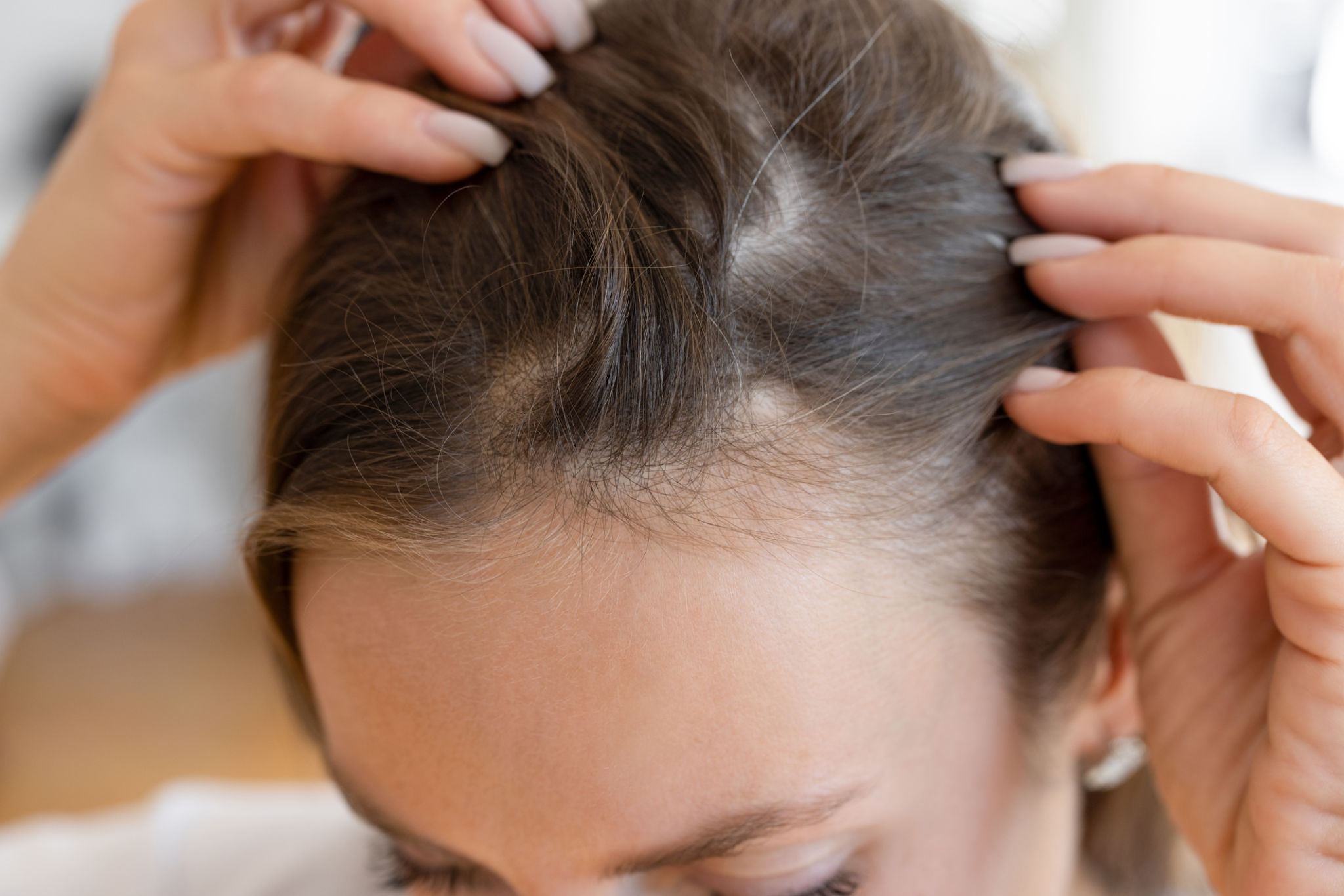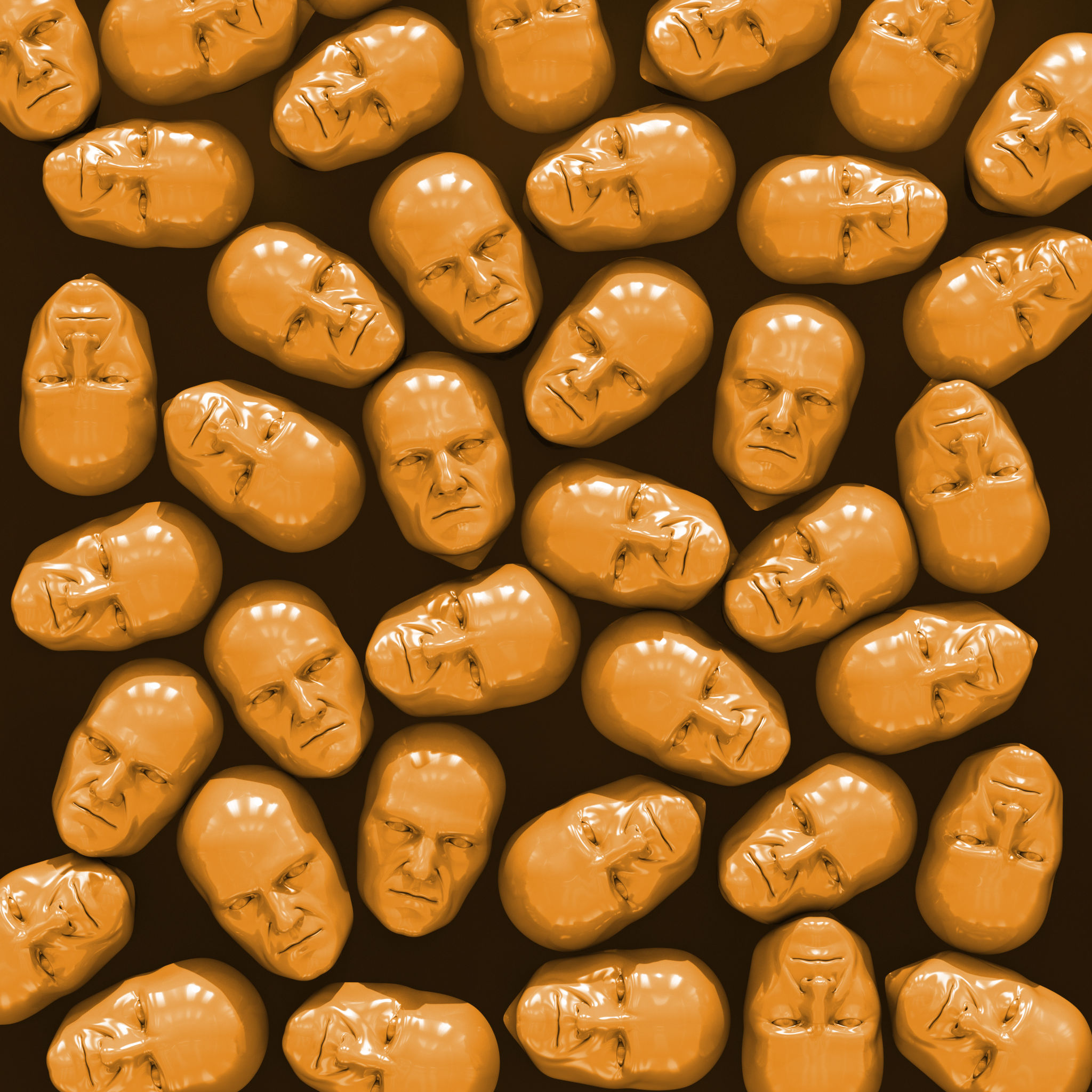The Latest Trends in Hair Transplant Technology: Innovations to Watch
The Evolution of Hair Transplant Techniques
Hair transplant technology has come a long way from its early days. Today, individuals experiencing hair loss have access to cutting-edge solutions that promise natural-looking results with minimal downtime. The continuous evolution in techniques and equipment has made hair transplants more accessible and effective than ever before.
Traditionally, hair transplants involved noticeable scarring and lengthy recovery periods. However, the latest innovations focus on improving patient comfort and enhancing outcomes. Let's explore some of the most exciting trends shaping the future of hair restoration.

FUE and DHI: The Gold Standards
Follicular Unit Extraction (FUE) has become a preferred method for many due to its minimally invasive nature. Unlike earlier techniques, FUE involves extracting individual hair follicles from the donor area, reducing the risk of visible scarring. This method allows for quicker recovery and more natural-looking results.
Direct Hair Implantation (DHI) is a development on FUE, where follicles are implanted one by one using a specialized tool. This technique offers higher precision, enabling surgeons to control the angle, direction, and depth of each follicle. DHI is ideal for those seeking a dense and natural appearance.

Robotic Assistance in Hair Transplants
Robotic technology is revolutionizing the way hair transplants are performed. Systems like the ARTAS robot enhance the precision of follicle harvesting and implantation. By using AI-driven algorithms, these robots can identify the best donor hairs and ensure consistent results with minimal human error.
Robotic assistance not only improves accuracy but also speeds up the procedure. Patients benefit from shorter sessions and reduced recovery times, making this technology an appealing option for those with busy lifestyles.

PRP Therapy: Boosting Hair Growth
Platelet-Rich Plasma (PRP) therapy is gaining popularity as a complementary treatment in hair restoration. PRP involves injecting a concentration of platelets from the patient's own blood into the scalp. This process stimulates hair growth by enhancing blood supply to the hair follicles and thickening existing hair shafts.
Many clinics now offer PRP therapy alongside traditional transplant procedures, as it can boost the overall success rate and result in healthier, more robust hair growth. The non-invasive nature of PRP makes it a favored option for those looking to enhance their transplant results naturally.
The Rise of Bio-Enhanced Hair Transplants
Bio-enhanced transplants are set to become a major trend in the coming years. By integrating biological enhancers like stem cells and growth factors into traditional transplant procedures, these techniques aim to accelerate healing and improve hair survival rates.
This innovative approach not only promises more effective results but also opens up possibilities for treating extensive hair loss cases that were previously deemed challenging. As research progresses, bio-enhanced methods may redefine what is possible in hair restoration.

Conclusion: The Future of Hair Restoration
The future of hair transplant technology is bright, with continuous advancements making procedures safer and more effective. Whether you're considering a transplant or just starting to explore options, staying informed about these trends can help you make educated decisions about your hair restoration journey.
As more people seek solutions for hair loss, these innovations will likely become more mainstream, offering hope for millions looking to regain confidence through improved hair restoration techniques.
